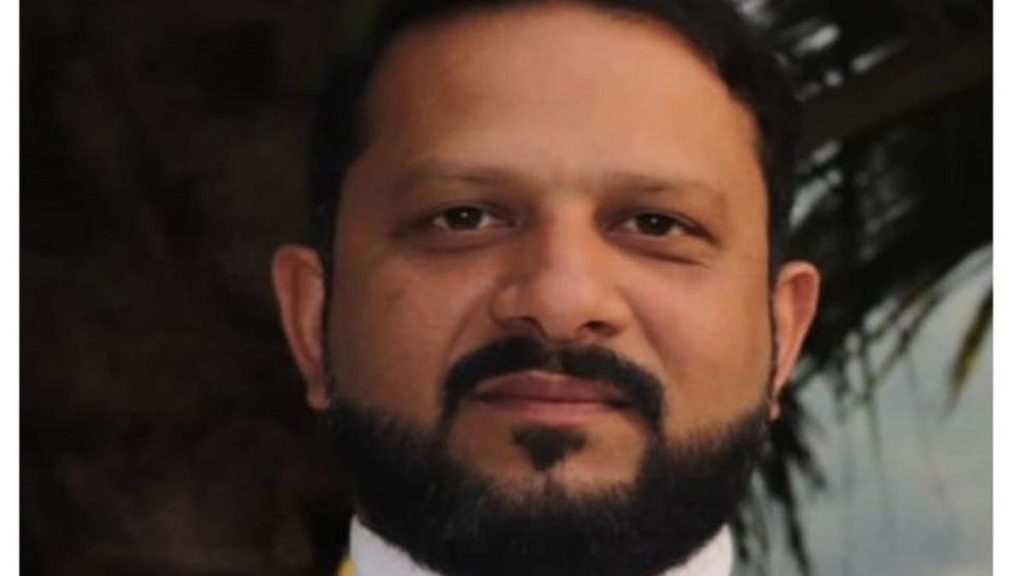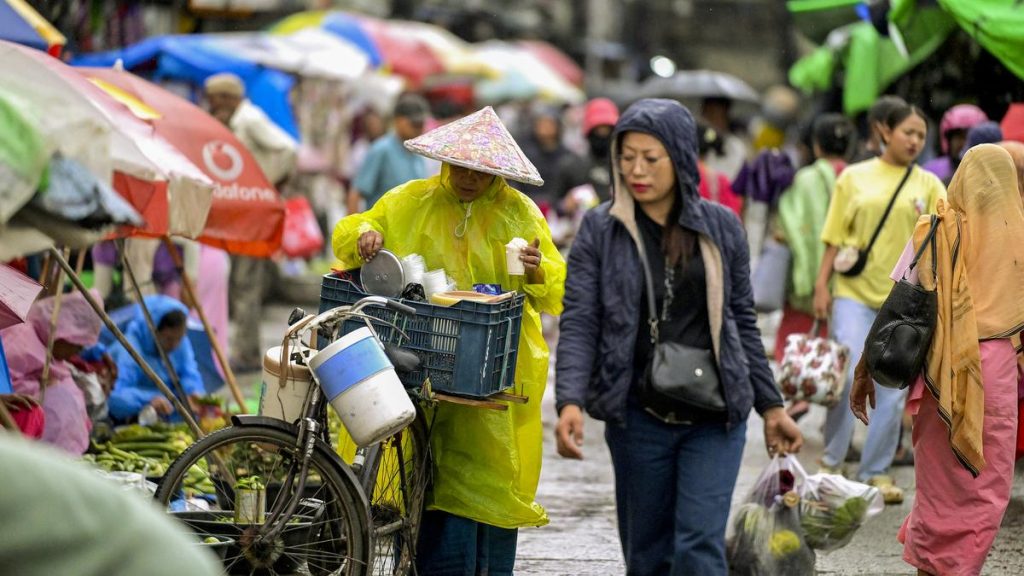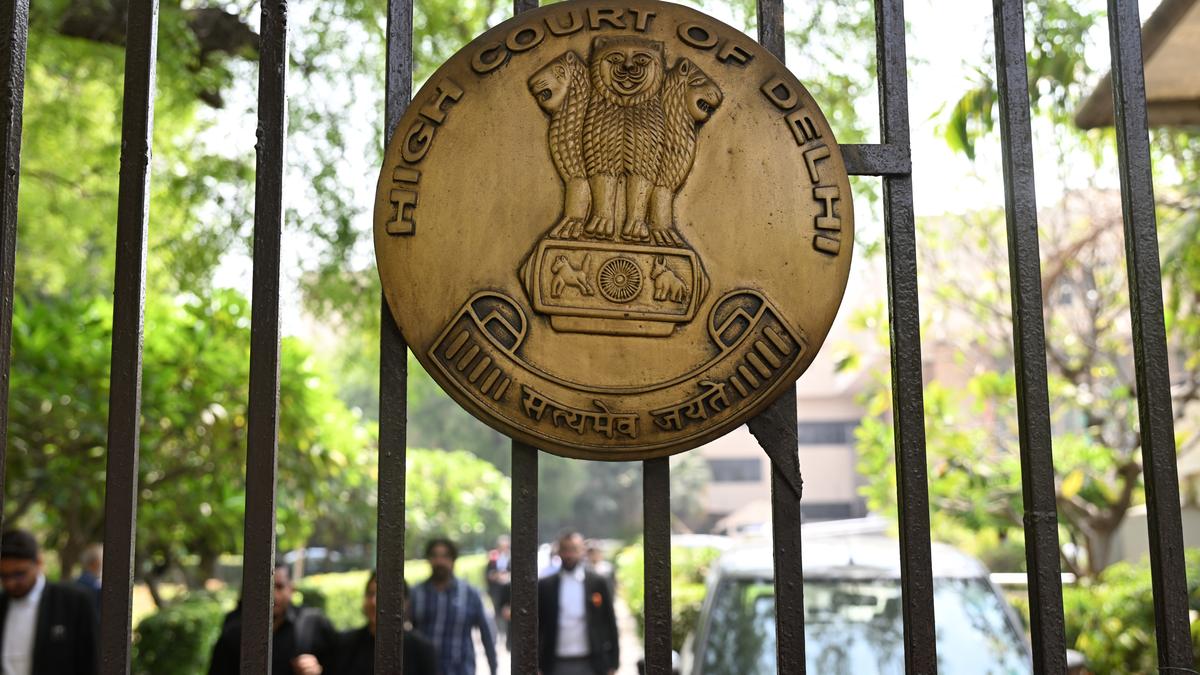Now Reading: West Bengal Sees 25 Daily Drowning Deaths, Half Are Children: Study
-
01
West Bengal Sees 25 Daily Drowning Deaths, Half Are Children: Study
West Bengal Sees 25 Daily Drowning Deaths, Half Are Children: Study

Fast Summary
- Drowning Statistics in West Bengal: A survey revealed 25 daily drowning deaths, totaling approximately 9,191 annually-considerably higher than previous estimates. Half of the victims are children.
- Survey Details: Conducted by The George Institute for Global Health, covering all 23 districts and involving data from a population of 18 million and 15,000 community members.
- Key Findings:
– Children aged 1-9 years are the highest risk group (48% of deaths), with toddlers aged 1-2 at a particularly high risk (30%).
– Most drownings occur within 50 meters of homes during midday hours when caregivers are occupied.
– About 93% of child drownings occurred without adult supervision.
- Contributing Factors:
– Ineffective rescue methods like inducing vomiting or spinning over the head commonly used.
– Only about 10% received CPR with rescue breaths; only one in ten sought medical help after incidents.
- Recommendations & Solutions Proposed:
– Fencing ponds/water bodies and swimming lessons for children at early ages.
– community training in CPR and effective rescue techniques as most first responders belong to local communities.
– Advocacy aimed at policy changes led by Bloomberg Philanthropies and CINI.
Indian Opinion Analysis
The findings from the latest survey shed light on an alarming public health concern that has long been underreported-drowning fatalities in rural West Bengal.Particularly concerning is the vulnerability of young children due to inadequate preventive infrastructure like fencing around water bodies or caregiver supervision during risky times. While international trends indicate progress in reducing drowning rates globally, India-and other low-income countries-remain disproportionately affected.
From a governance perspective,implementing simple community-based interventions such as widespread CPR training and active swimming lessons for children could lead to significant improvements. Furthermore, collaboration between stakeholders such as CINI and policymakers can accelerate protective measures tailored to rural settings where drowning is prevalent. The assertion that these deaths are “100% preventable” reinforces that immediate actionable steps can save lives if prioritized holistically by both state governments and communities alike.
For further details on this story click here.

























